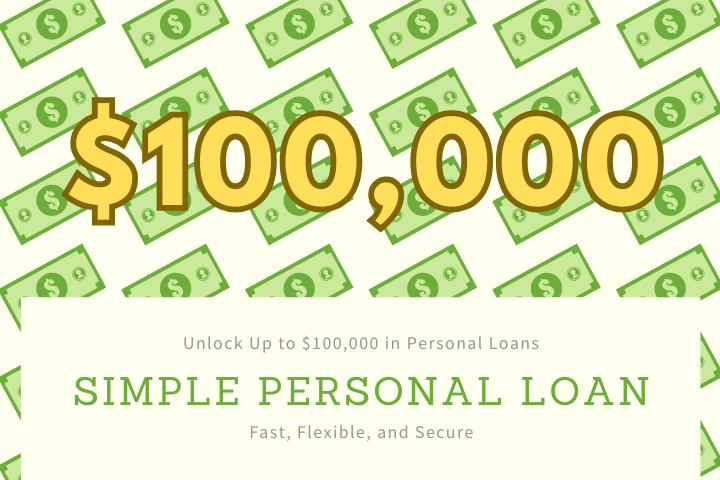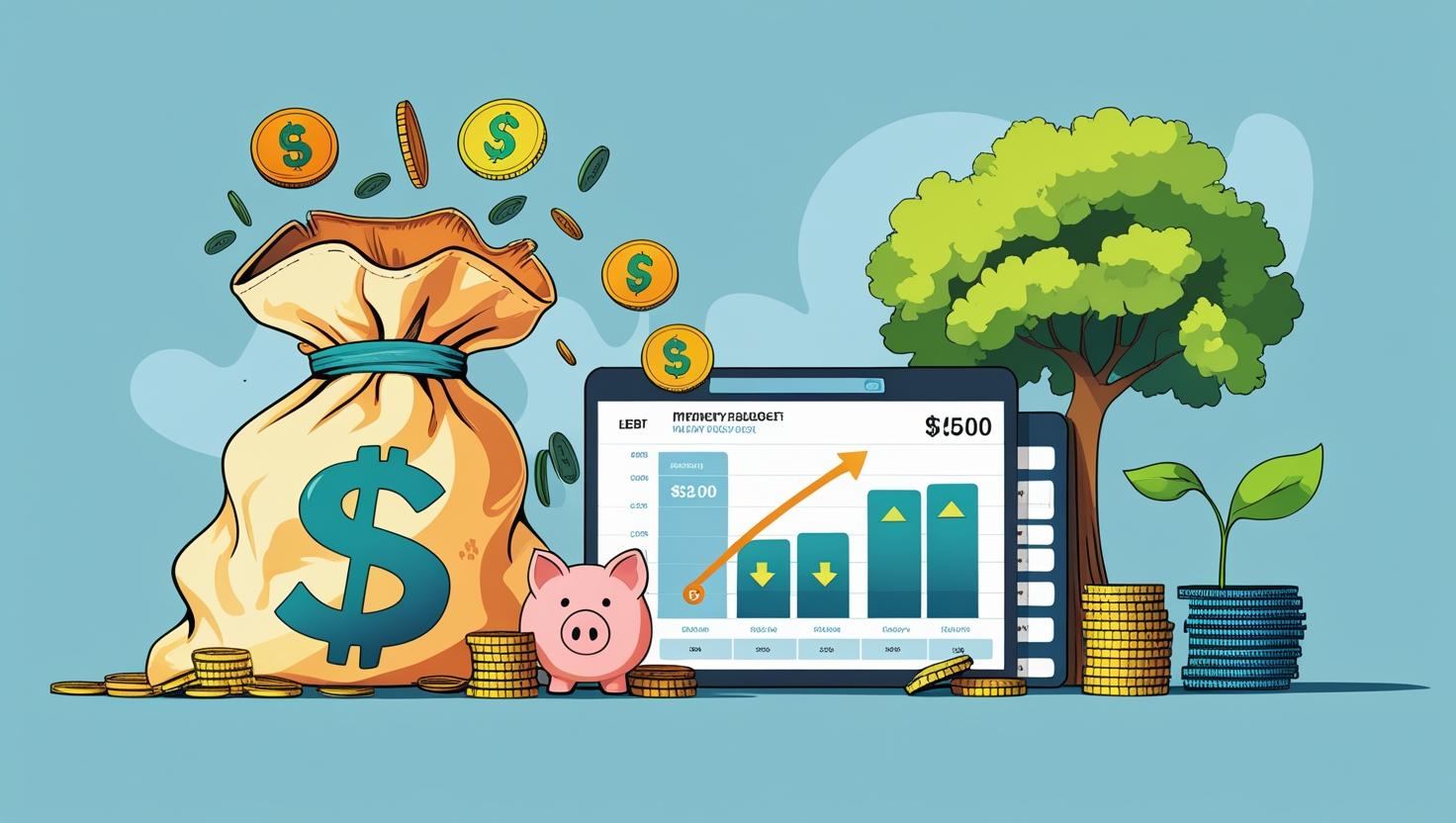Obtaining a personal loan of up to $100,000 can be a complex process, as few lenders are willing to offer such a large sum. For those who do, the eligibility requirements are typically stringent. This guide provides a comprehensive overview of how to navigate the process, highlighting the necessary qualifications, potential lenders, and key considerations.
Eligibility and Key Requirements
To be approved for a $100,000 personal loan with the most favorable interest rates and terms, you will generally need a combination of the following:
- Excellent Credit: A high credit score (typically in the high 700s or 800s) is a critical factor.
- High Income: Lenders need to be confident in your ability to repay the loan, which requires a substantial and verifiable income.
- Low Debt-to-Income (DTI) Ratio: A low DTI ratio signals that you are not over-leveraged and have sufficient cash flow to manage new debt.
Potential Lenders for Large Loans
The article highlights several lenders that specialize in offering large personal loans, each with its own set of terms:
- LightStream: Known for its low interest rates and lack of fees, LightStream is often considered a top choice. However, it requires a strong credit history and a high minimum credit score.
- SoFi: This lender is notable for allowing co-borrowers, a feature that can help applicants improve their DTI ratio and increase their chances of approval.
- Alliant: A credit union that offers competitive rates and terms for those who meet its membership requirements.
- Wells Fargo & USAA: Traditional banks and financial institutions that may offer large personal loans to existing customers with established financial relationships.
- Splash Financial: An online lender that specializes in student loan refinancing but also offers personal loans with flexible terms.
Pros and Cons of a $100,000 Personal Loan
A large personal loan offers several advantages:
- No Lien on Home: Unlike home equity loans, a personal loan is unsecured and does not place your home at risk if you default.
- Credit Score Improvement: Consistent, on-time payments on a large loan can significantly boost your credit score over time.
- Debt Consolidation: It can be an effective tool for consolidating high-interest debts into a single payment with a lower interest rate, simplifying your finances.
- Home Renovation: Funds can be used for home improvements, which can increase the property’s value without the risks associated with a home equity loan.
However, there are also drawbacks to consider:
- Short Repayment Terms: Lenders may offer shorter repayment terms for unsecured loans, leading to higher monthly payments that could strain your budget.
- Higher Rates: Depending on your credit profile, the interest rates on personal loans can be higher than those on secured loans like home equity loans.
Alternatives to a Personal Loan
The article also presents alternatives that may be suitable depending on your financial situation:
- Home Equity Loan: A lump-sum loan that uses your home as collateral. While it typically offers lower interest rates, defaulting on it could lead to foreclosure.
- Home Equity Line of Credit (HELOC): This operates like a credit card, allowing you to borrow against your home’s equity as needed. It also carries the risk of losing your home upon default.
- Cash-Out Refinancing: This involves replacing your existing mortgage with a new, larger one and taking the difference in cash. It is often a good option when interest rates are low but comes with the risk of increasing your overall mortgage debt.
By carefully weighing these factors and exploring all available options, borrowers can make an informed decision that best fits their financial goals and risk tolerance.
Real-World Examples of Lenders and Their Terms
To provide a more practical context for the article on a $100,000 personal loan, here are some detailed examples of specific lenders, their interest rates, and loan limits. Note that these figures can vary depending on market conditions and each company’s policies.
1. LightStream
- Loan Amount: $5,000 to $100,000.
- APR: Typically ranges from 6.99% to 24.99%. LightStream is known for offering some of the lowest interest rates to borrowers with excellent credit.
- Requirements: This lender has very strict criteria. Borrowers generally need a strong credit score (often above 700), a long credit history, and substantial assets.
2. SoFi
- Loan Amount: $5,000 to $100,000.
- APR: Typically ranges from 8.99% to 29.99%.
- Requirements: SoFi is known for its holistic approach to borrower assessment, considering factors like education, work experience, and earning potential, in addition to credit scores. They also allow co-borrowers, which can help you get approved more easily or secure a better interest rate.
3. Marcus by Goldman Sachs
- Loan Amount: $3,500 to $40,000.
- APR: Typically ranges from 8.99% to 29.99%.
- Requirements: While their maximum loan amount does not reach $100,000, Marcus is a popular choice for large personal loans. They focus on individuals with a good credit score and a stable payment history.
4. Alliant Credit Union
- Loan Amount: $1,000 to $50,000.
- APR: Typically ranges from 8.24% to 19.99%.
- Requirements: As a credit union, you must be a member of Alliant to borrow. However, membership is generally easy to obtain and low-cost. Their rates are often very competitive.
5. Wells Fargo
- Loan Amount: $3,000 to $100,000.
- APR: Typically ranges from 7.49% to 24.99%.
- Requirements: Wells Fargo, a traditional bank, often gives preference to existing customers. The rates and terms may depend on your existing relationship with the bank.
These examples illustrate that to borrow a large sum like $100,000, you need a very strong financial profile, including a high credit score and stable income. Choosing the right lender will help you access the best possible interest rates and terms.



